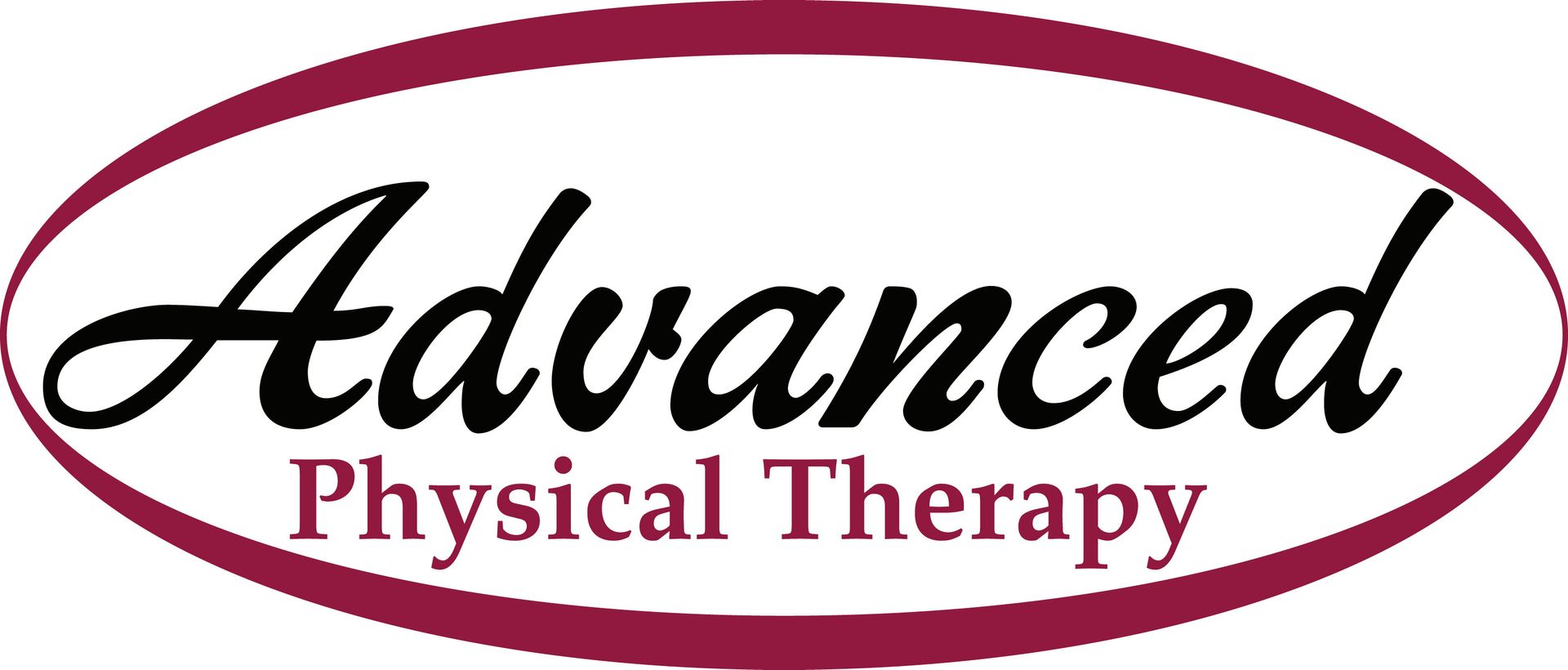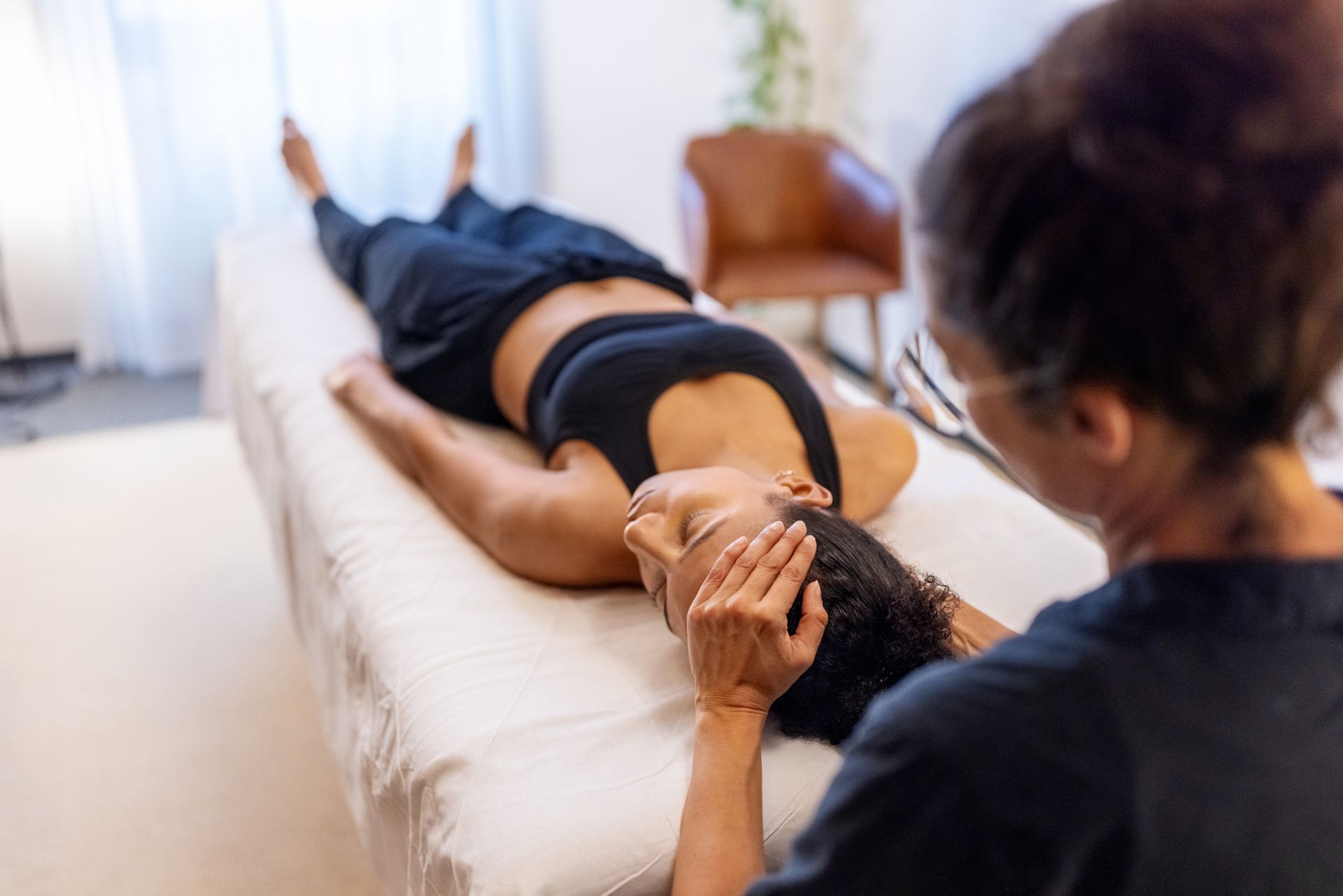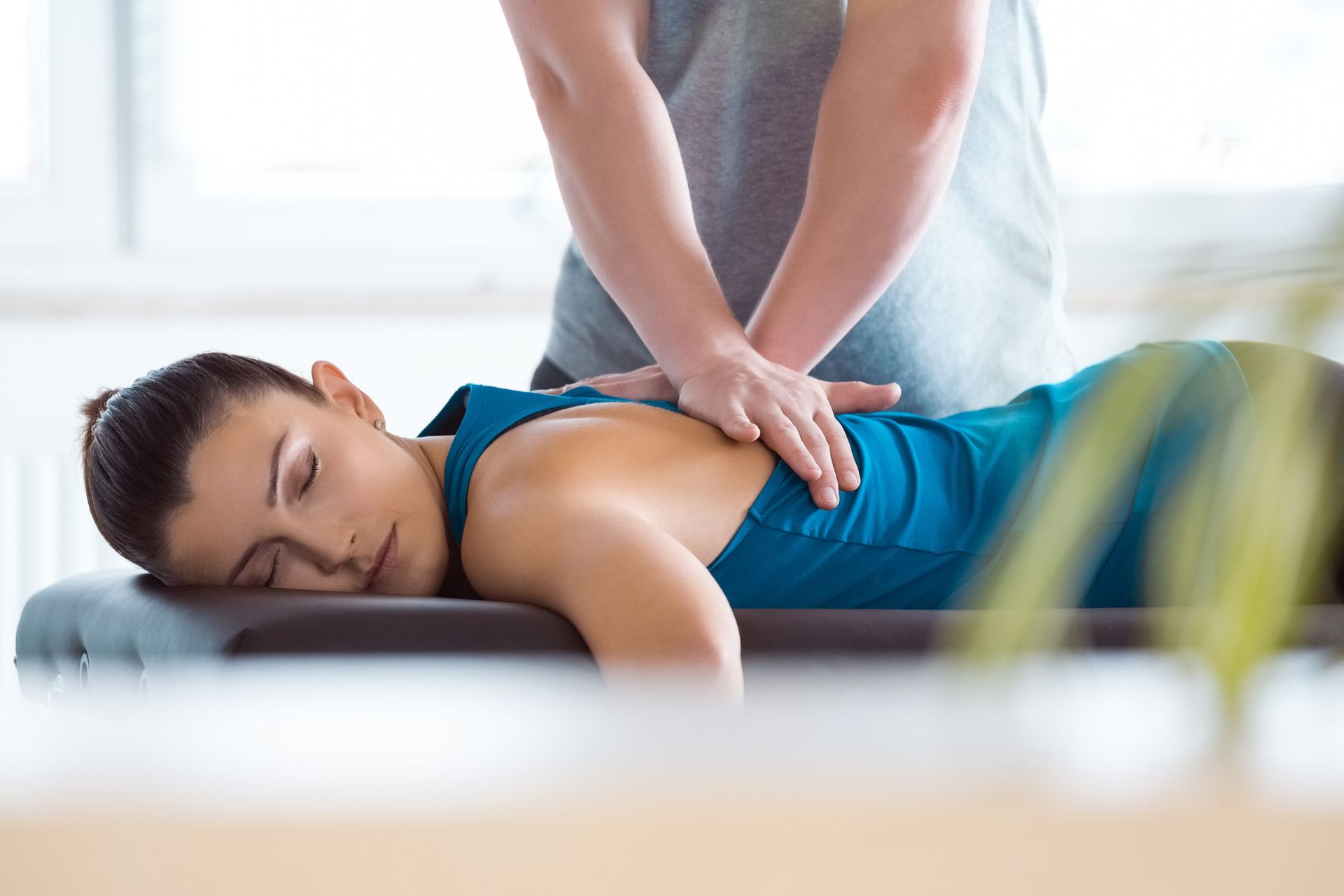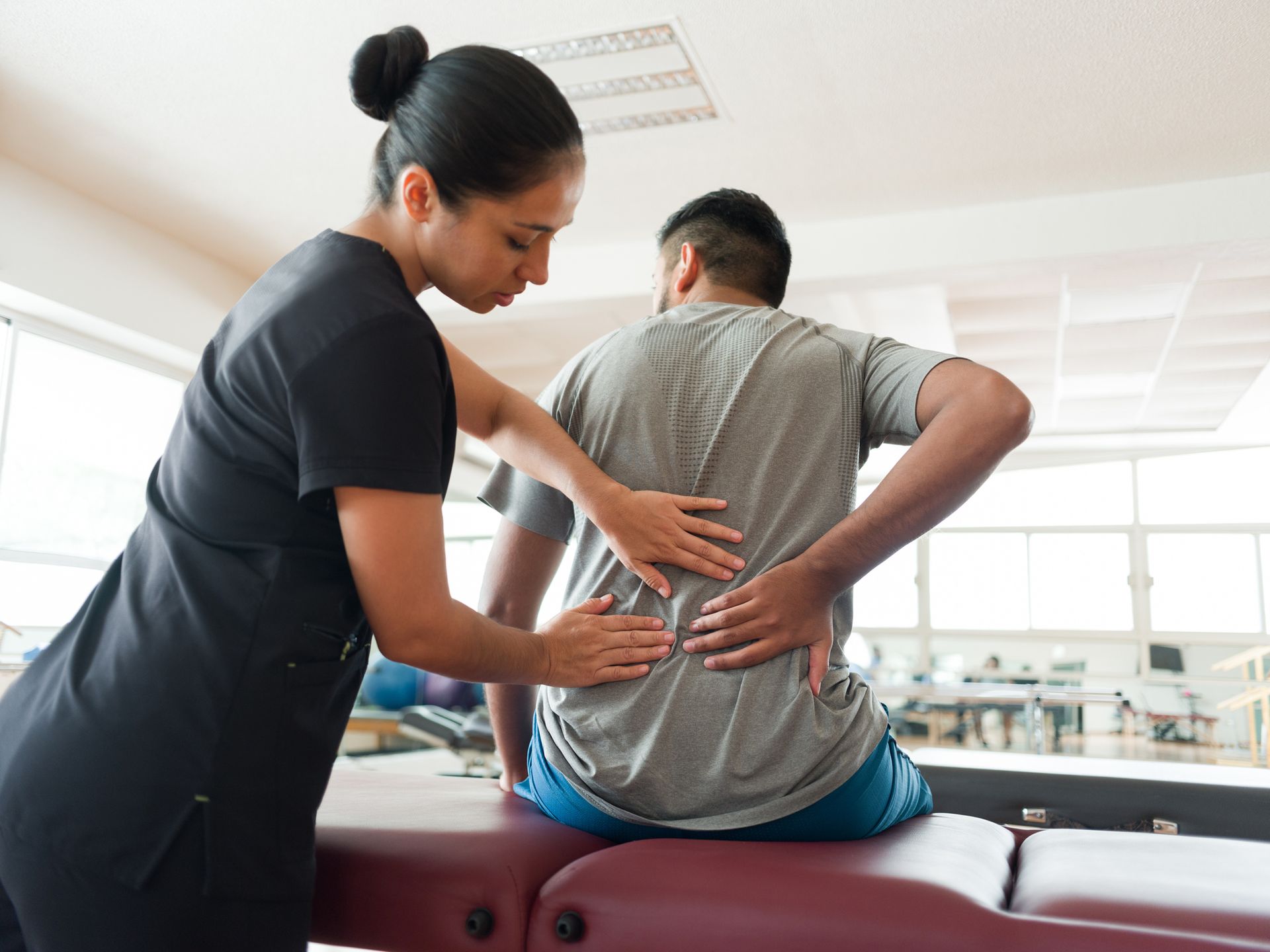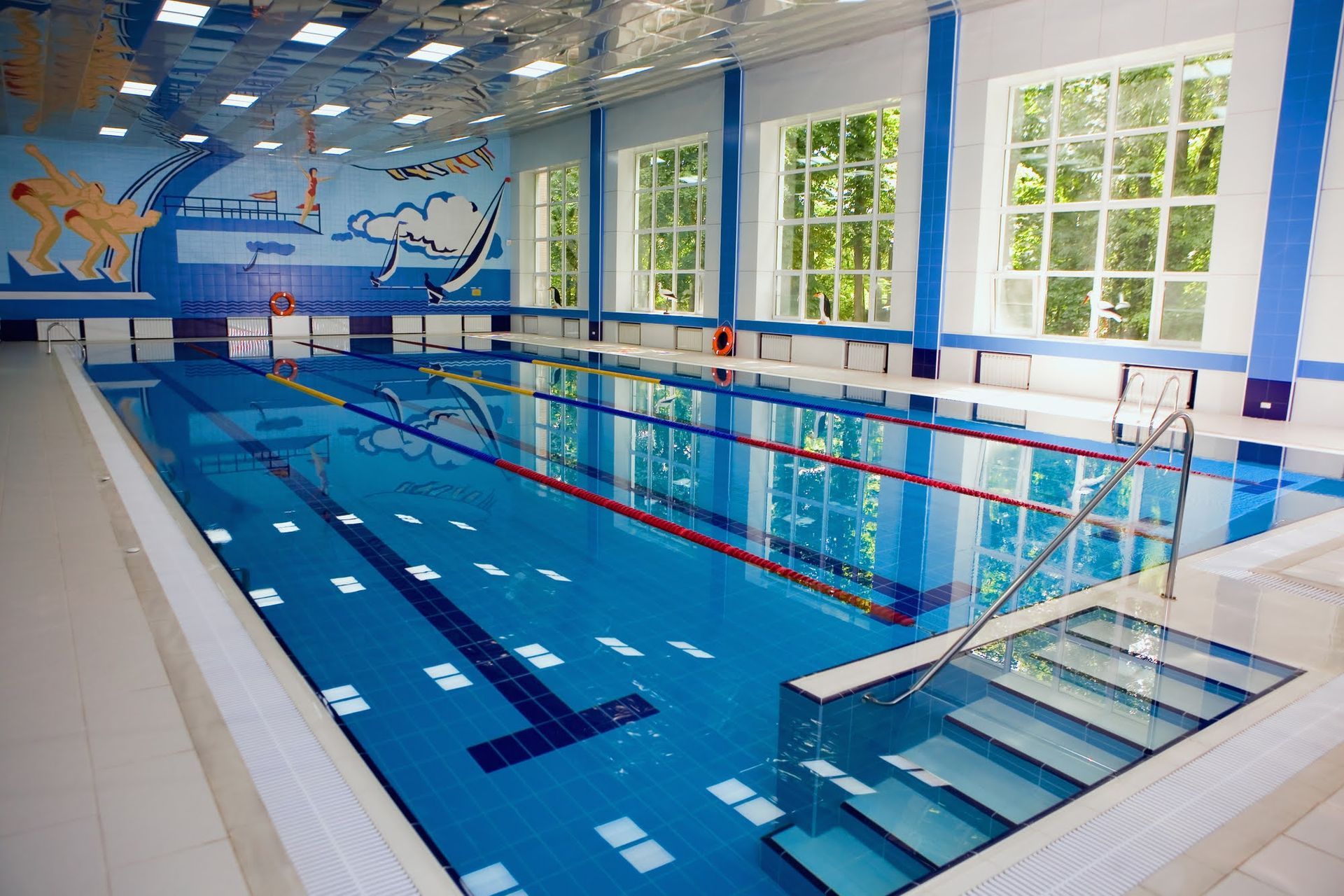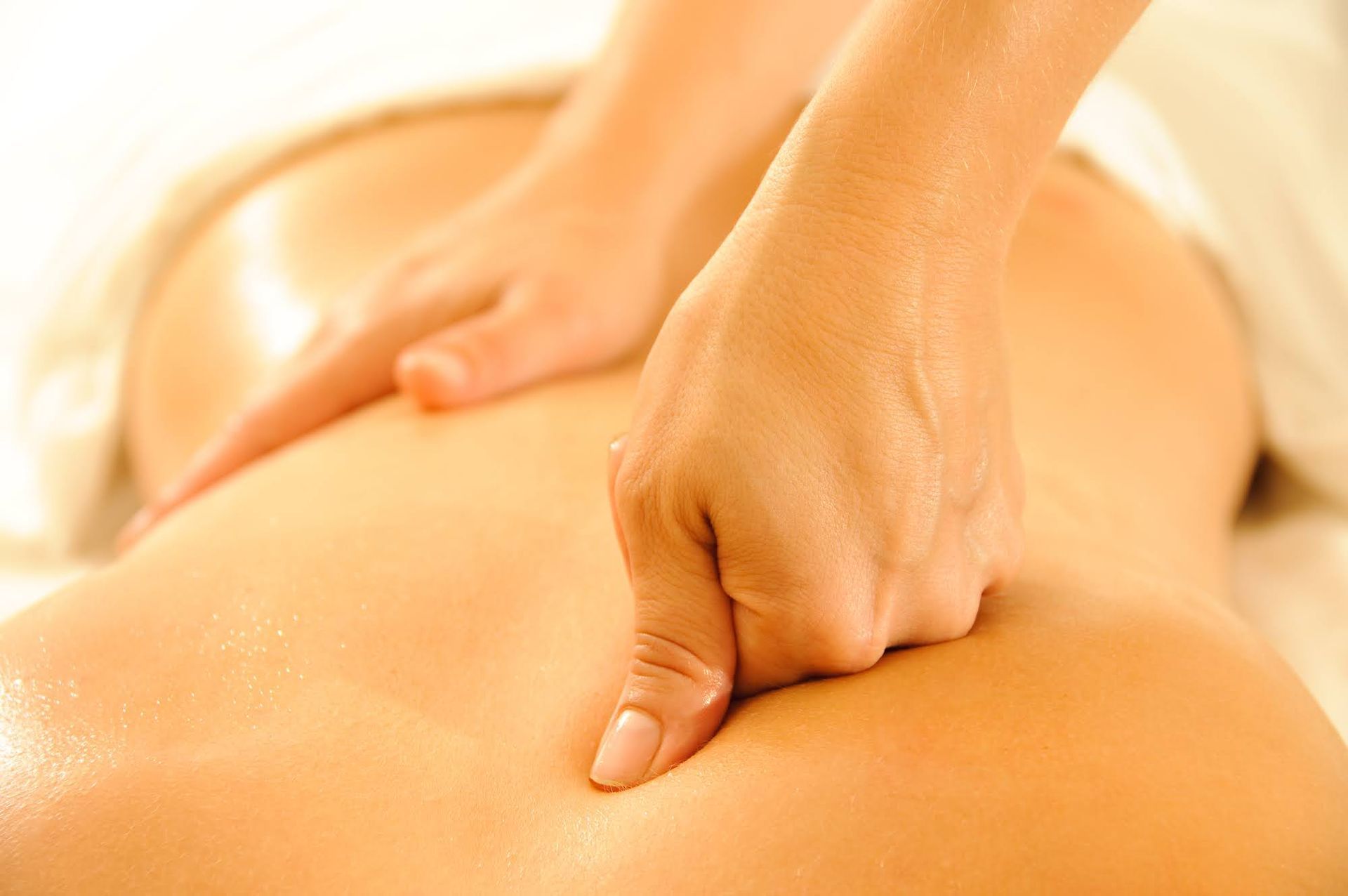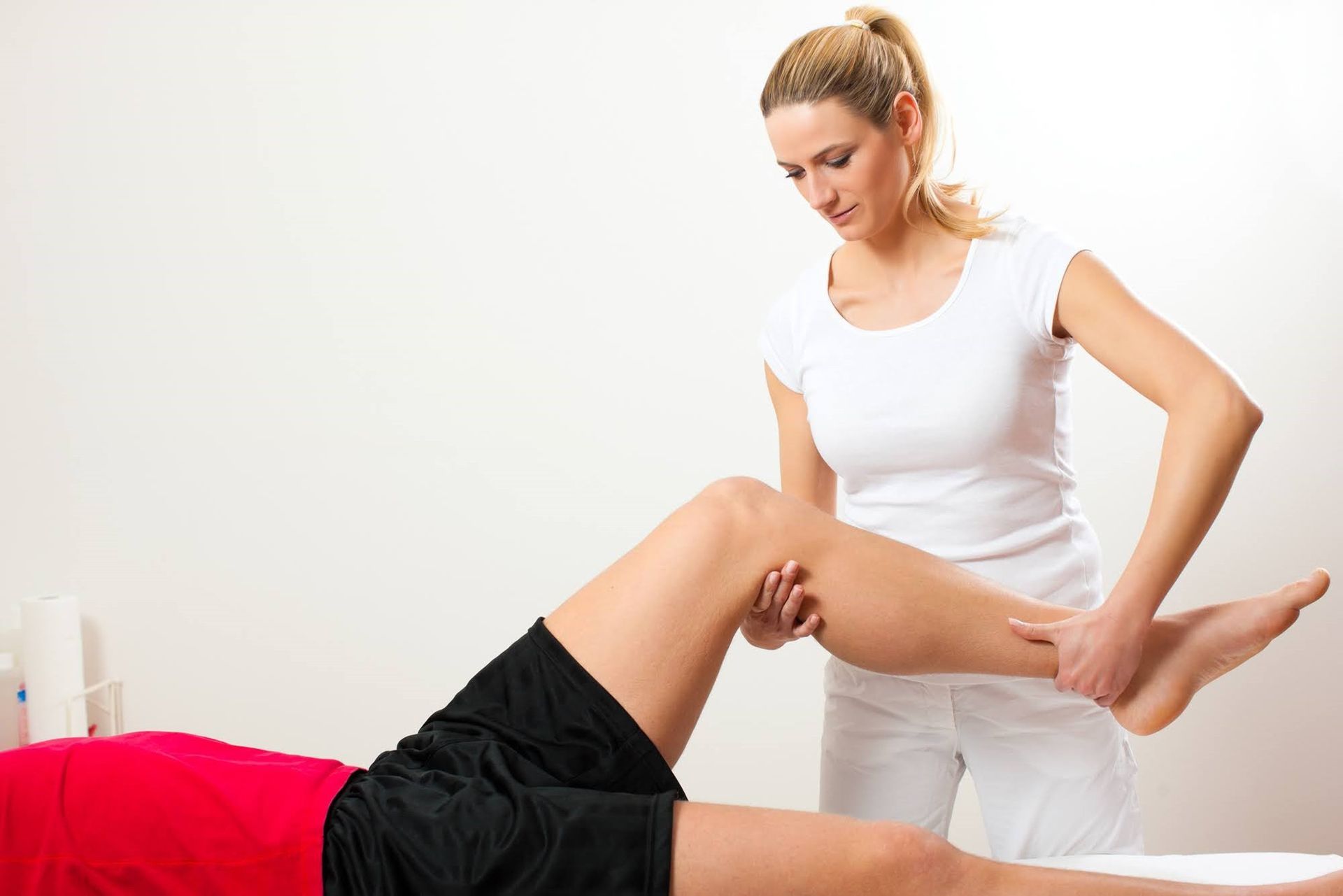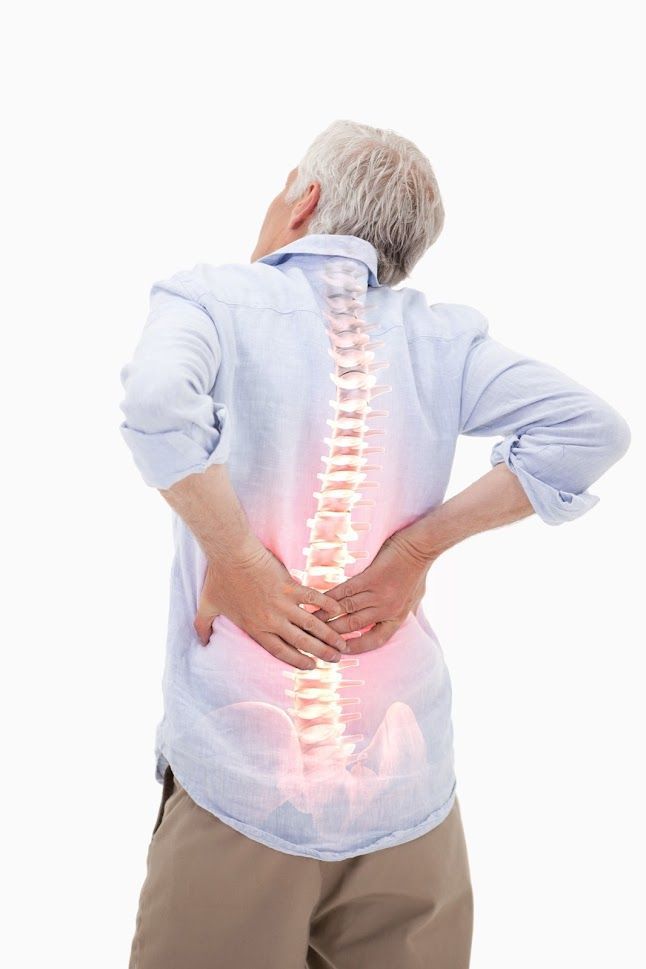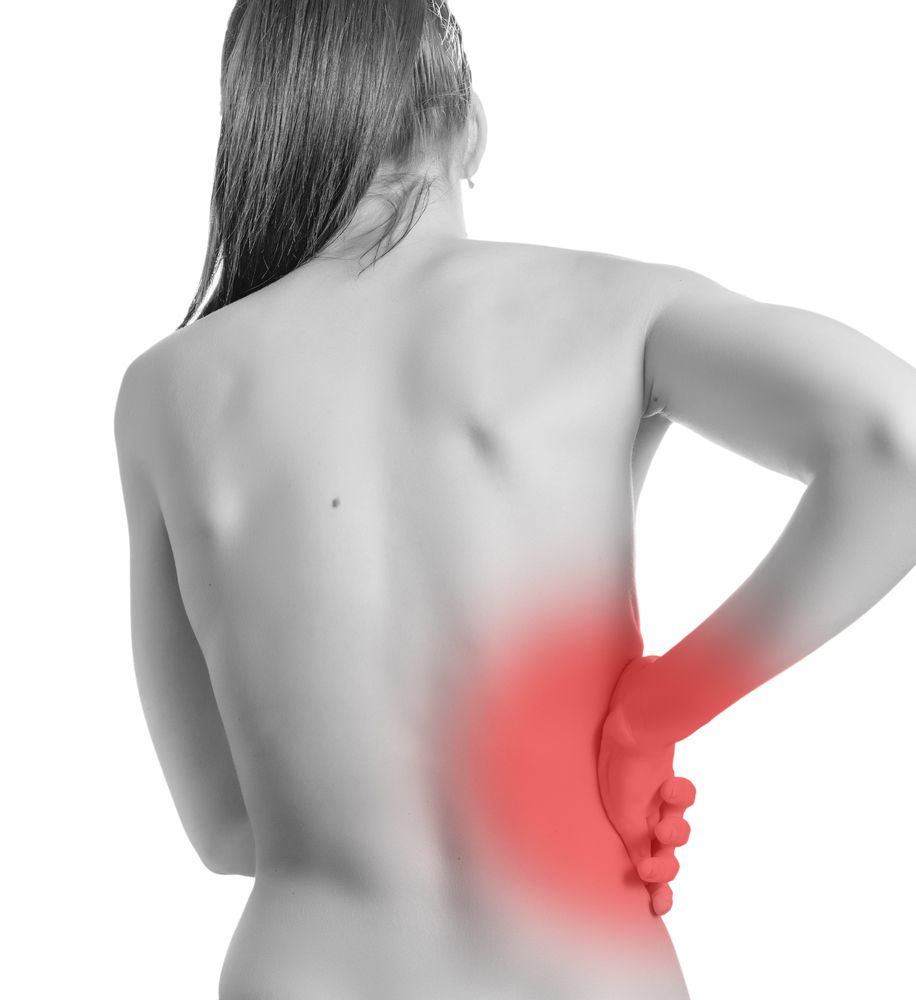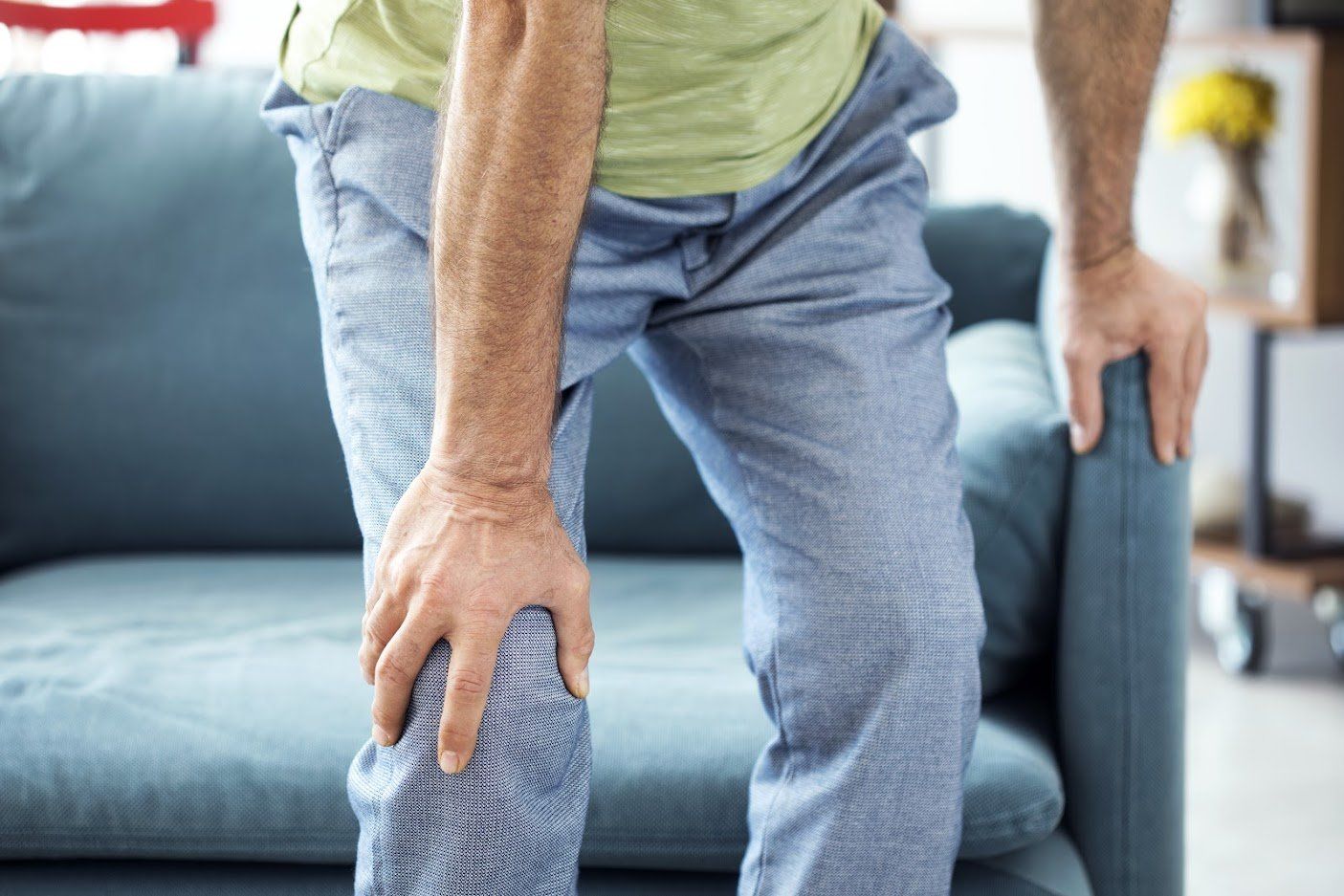Muscle Knots: Causes, Symptoms, and How Physical Therapy Can Help

Also referred to as myofascial trigger points, muscle knots are small, tight, painful muscle areas. You may even notice a bumpy area or something that looks and feels like a marble along a tendon or a ligament. This blog explains everything about muscle knots, from the causes and symptoms to treatment with physical therapy.
What Are the Two Main Types of Muscle Knots?
The two main types of muscle knots are active and latent. Active knots cause intense and continuous pain, even without being touched or pressed. The pain may be localized in the area of the knot or radiate to other parts of your body.
On the other hand, latent knots do not cause much pain, even when you press. As such, you can easily mistake them for other injuries.
What Causes Muscle Knots?
Muscle knots result from tension in the muscle fibers. Numerous issues may cause muscle knots, the common ones being:
- Poor posture
- Emotional stress
- Too much sitting or bed rest
While anyone can develop muscle knots, some individuals are more susceptible. For example, if you have a history of injuries and joint pain, you have a higher chance of suffering from muscle knots. Additionally, overweight and obese individuals may be more prone to muscle knots due to excess weight exerting stress on the body.
People who have adopted sedentary lifestyles are also more prone to muscle knots. Sitting for prolonged periods can cause the muscles to tighten and form knots, further compressing the muscles around the area and leading to pain.
Which Body Parts Are Most Prone to Muscle Knots?
Muscle knots can occur in any body part that has muscles or fascia. However, some parts are more prone to muscle knots than others. The most common areas where you will experience muscle knots are:
- Shoulders
- Neck
- Lower back
- Shin
- Calf muscles
When the muscles in these areas are tight, the blood supply to the muscles' microstructure is cut short. Consequently, waste and toxins accumulate, which causes the marble- or bump-like feeling and pain.
What Are the Symptoms of Muscle Knots?
Muscle knot symptoms may vary from person to person, primarily based on the type of muscle knot sustained. But the common symptoms include:
- Tingling sensation
- Pain in the affected area
- Stiffness and reduced range of motion
You may notice the pain moving to other body parts when you press the area. This main symptom will help you differentiate a trigger point from other injuries like tender points. In extreme cases, trigger points can cause symptoms like jaw pain and headaches.
How Do You Treat Muscle Knots?
You have different treatment options, and the most suitable one depends on the type and severity of your muscle knots. For example, you can try at-home treatment with a tennis ball to press over the affected area. Or, try using a foam roller over the painful area to soothe the tissues. You may also use cold and hot compresses to ease the pain at home before you seek professional assistance.
However, consulting a physical therapist is the most recommendable option. A good physical therapist will assess your condition and develop an individualized treatment plan to help you get relief from the knots.
The goal of physical therapy for muscle knots is to manage the intense pain and prevent the issue from recurring. Your physical therapist will advise you on the best exercises to stretch and strengthen your muscles in the affected area.
Muscle knots can quickly take a toll on your body and quality of life. If left unchecked, the knots can result in further complications like persistent pain and decreased flexibility. A physical therapist will develop an appropriate treatment plan which includes exercises and lifestyle modifications to help prevent a recurrence.
You can trust us at Advanced Physical Therapy to help you manage your muscle knots and enjoy a better quality of life. Contact us for a consultation.

